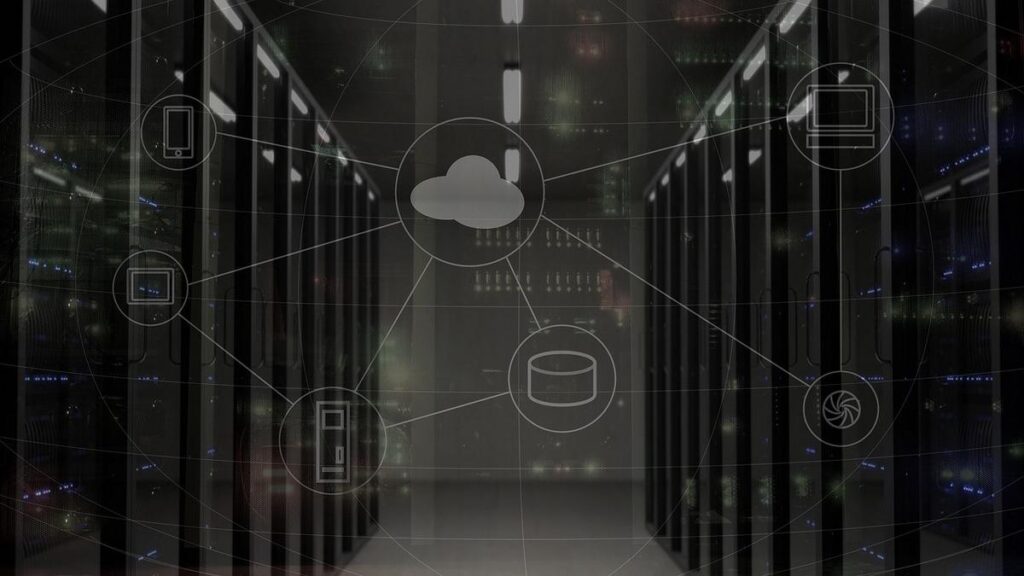Technology is growing at an unbelievable rate. Businesses are focused on strategy and are looking for better ways to utilize their resources. Driving these changes are the massive amounts of data being collected every day.
According to Seed Scientific, “by 2025 there will be 175 zettabytes of data in the global datasphere.” One zettabyte equals one sextillion bytes (21 zeros) or 1000 exabytes. But this isn’t about numbers; it’s about things to consider before shifting to hyperscale.
Hyperscale is not only fun to say, because there’s no definition in the dictionary, but it’s also a term that refers to a state-of-the-art data center. We’re not talking about a typical data center that runs a small organization. We’re talking about thousands of servers connected together, specifically designed for speed and scale. These data centers are the perfect place to store, analyze, and parse massive amounts of data. This type of data is actually large complex data sets commonly referred to as, “Big Data.”
If we look at businesses globally, you’ll find the last few years have had a profound impact on IT, finance, manufacturing, and travel, to name a few. This impact has pushed the need for digital transformation. This digitization of services has led to the steady growth of Hyperscale Data Centers.
In this article, we’re going to take a look at things to consider before shifting to hyperscale. A business creating big data can analyze its data to gain insight for business decisions. The things you learn could help improve operations, increase revenue and provide better customer care.
Hyperscale Data Centers
There’s never been a single solution when it comes to computing infrastructure and architecture. As a result, there are different types of hyperscale data centers. They all provide space, a network, and computing resources. Specific services vary but can include data storage, backup, recovery, cloud services, load balancing, support, and more. A small hyperscale data center has 5000 or more connected servers covering 10,000 square feet.
But analyzing Big Data requires a data analytics solution. It also requires industry expertise to design, deploy, and maintain these solutions. Finding the right hyperscale partner – such as one that offers DWaaS, or data warehouse as a solution – can shorten the development cycle and help you save time and critical resources. With the right partner, you can reduce costs, mitigate risks, stay in compliance, and receive enhanced reporting.
Consider big data
Not being able to analyze your data is akin to living on a gold mine and not knowing it. Data is the new gold. Your multi-dimensional and semi-structured data is hiding secrets. To find these secrets you have to look for them. Shifting to hyperscale enables you to analyze trillions of data points in seconds, allowing for real-time BI (business intelligence).
Managing your own data center
Another consideration is the cost of building and running your own data center. It’s possible, but is this the best use of company resources? IT budgets are generally cost-prohibitive for many organizations. Associated costs include location, environmental controls, support staff, security, power, upgrades, maintenance, and more. A hyperscale solution provides all of this and costs less to implement.
What’s your core competency
Most businesses are not designed to analyze big data. Their purpose or competency is somewhere else. With this in mind, consider what your company is best at. For example, a hospital is good at helping patients. So it makes sense to let someone else manage their data. If you don’t have the infrastructure or expertise to analyze big data, shifting to a hyperscale solution can help.
Consider speed, reliability, security, disaster recovery, and quality
To be competitive your business needs speed and agility. Shifting to Hyperscale will not only allow you to scale but also provide for greater flexibility.
Customers expect reliability, but disruptions do happen. Reliability is a key consideration for shifting to Hyperscale.
Is your data safe? On-site data center security ensures your data is safe and provides for disaster recovery in case of disruptions.
One last consideration is quality. By having 100% up-time and on-demand scaling and load distributions, you’re providing better service to your customers. Quality matters.

Consider shifting to hyperscale
We’ve taken a quick look at things to consider before shifting to hyperscale. We learned what hyperscale means and how it can help us with big data. We considered the true purpose of our business. And determined that some things were better left to the experts. We found that building a data center is expensive, but partnering with a data center costs less. Lastly, we considered speed, reliability, security, disaster recovery, and quality. These things should be the cornerstone of any modern business.
Technology is changing at lightning speed. And as a business, it’s critical to have a strategy for growth. This growth will be bringing with it more big data. But if you position yourself now, you’re better prepared for the challenges of tomorrow. Being ready to scale your business on demand will help you overcome challenges quickly and more efficiently. Your business is always better when it’s protected and prepared for disruptions. Having the ability to analyze your data will help you find new opportunities you didn’t know existed. The future of technology and innovation is data analytics. If you have considered these things and found you need to improve these areas, shifting to hyperscale is the perfect solution.
















